Since 1998 we have built and sold thousands of bugging devices, listening devices, hidden cameras, and trackers and we have also found lots as well. This article is to help you understand how to locate surveillance equipment and where to search for bugging devices.
Power
One of the first things to consider is that the bugging device needs power, and quite a lot. One of the first bugs we found was hidden inside a wall and had a battery bank in the roof space. The bug itself was the size of your palm, but the battery pack was the size of a shoebox. You may feel this is strange and not very modern, and it was some time ago, but the fact remains the same. For a listening device to run for several months without constant power, you need large batteries, and that stands true to today.
If you consider a pen sized listening device with a rechargeable battery gets hours not days of consistent recording out of a charge, it starts to make sense that bugs cannot be the size of your thumb unless they have access to constant power or a huge battery bank, or they need recharging every day or so.
So remember when searching for a listening device, or other bugging device, check things like power points, power boards, extension leads, phone sockets, etc. All of these areas can supply constant power.
Consider power when searching for bugging equipment and it will reduce the possible locations.
Noise
Bugging devices are like your ears, they hate sounds of motors and other constant noises. You would never sit next to a noisy old fridge to watch TV, and generally people do not hide bugging devices near noisy areas. A TV is another example, when sweeping for bugs, or searching for bugs, have a quick look around the TV in case an inexperienced operator planted a bugging device there, but you wouldn’t really expect to find one as all they will hear is your favourite TV show every night. Behind or inside the couch on the other hand is a likely spot because it’s quiet and near the conversation.
Consider noise when searching for bugging equipment and it will reduce the possible locations.
Metal
A little known fact amongst the general community is that metal stops transmission of all RF devices, you can check that by wrapping your mobile in tin foil and calling it. Metal also affects transmitters when they are next to it or behind it. This means that hiding a bug behind a filing cabinet will reduce its performance significantly. When searching for bugs, just like the TV, it’s worth having a quick look in case an inexperienced operator hid it there, but you will be unlikely to find one inside any metal box or strapped onto a large metal object.
Consider metal when searching for bugging equipment and it will reduce the possible locations.
Water
This seems to be a no brainer as all electronics hate water, especially devices with microphones and antennas. Water acts like metal to reduce the output power and of course kills the electronics. Over the years we have had people bring in kettles, ask us to search in tanks, you name it. Generally speaking a professional would not hide a listening device around water.
Consider water when searching for bugging equipment and it will reduce the possible locations.
Ease of access
Normally when bugging equipment is planted it is either done when you are out, or while you are asleep. This gives them little time to do anything too elaborate. They also have to recover it, particularly if it is an expensive bugging device. Look around your home or office and imagine where people could quickly hide a listening device or hidden camera. The only exception to this is if you feel you are bugged by someone that lives there, then they will have time to make it more concealed.
Consider ease of access when searching for bugging equipment and it will reduce the possible locations.
Fabric
Fabric is a great choice to hide a listening device in, easy to access, it won’t reduce transmission distance and apart from a little muffling, the sound will be great. Keep this in mind when sweeping for bugs, areas like mattresses, cushions, couches, head rests in cars, etc., are all great.
Consider fabric when searching for bugging equipment and it will reduce the possible locations.
Areas of importance
It’s no use planting a bug in a laundry of a teenage boys house, he will probably rarely go in there. When people plant listening devices, it is virtually always in the kitchen, lounge, or bedroom, depending what they want.
Consider areas of importance when searching for bugging equipment and it will reduce the possible locations.
Summary
Although this is not an exhaustive list, as we haven’t covered walls, ceilings, windows and under floors, by considering noise, metal, water, ease of access, fabric and areas of importance, your searchable area for bugging devices should just have shrunk considerably.
-
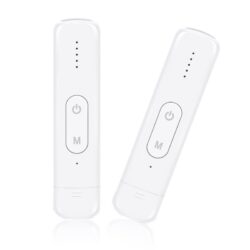 Portable 3-in-1 Detector$99.95
Portable 3-in-1 Detector$99.95 -
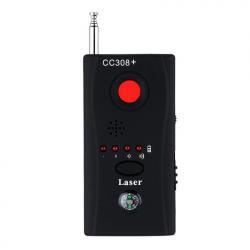 Compact Camera Lens and RF Bug Detector$119.00
Compact Camera Lens and RF Bug Detector$119.00 -
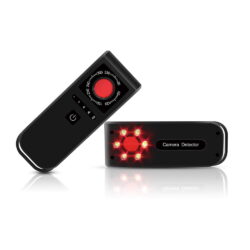 Anti-Spy Hidden Camera Finder$129.95
Anti-Spy Hidden Camera Finder$129.95 -
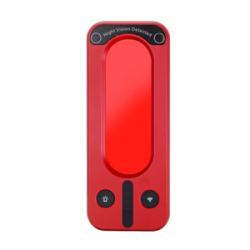 RF Hidden Camera and Detector Bug Detector$139.95
RF Hidden Camera and Detector Bug Detector$139.95 -
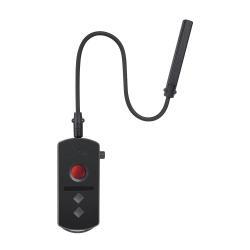 Spy Camera GPS RF Lens Bug Detector$159.95
Spy Camera GPS RF Lens Bug Detector$159.95 -
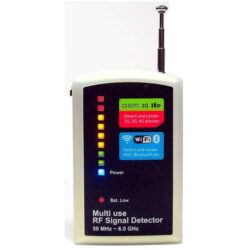 Multi RF Detector$195.95
Multi RF Detector$195.95 -
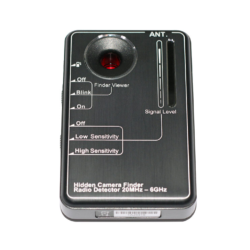 LawMate RD-10 RF Hidden Camera Detector$259.95
LawMate RD-10 RF Hidden Camera Detector$259.95 -
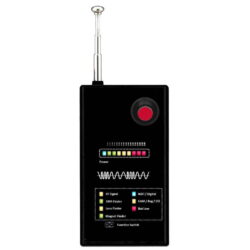 Multifunction Bug Detector Hidden Camera Detector and GPS Detector$295.95
Multifunction Bug Detector Hidden Camera Detector and GPS Detector$295.95 -
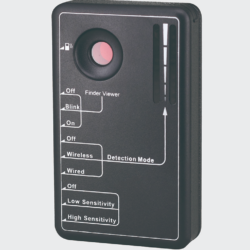 LawMate RD-30 Wired Camera Detector Wireless Camera Detector$359.95
LawMate RD-30 Wired Camera Detector Wireless Camera Detector$359.95 -
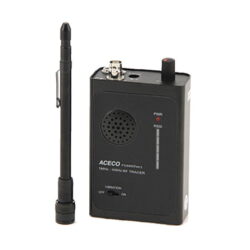 RF Tracer Bug Detector & Wireless Camera Detector$495.95
RF Tracer Bug Detector & Wireless Camera Detector$495.95 -
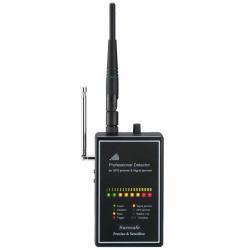 GPS & Cellphone Jamming Detector$645.95
GPS & Cellphone Jamming Detector$645.95 -
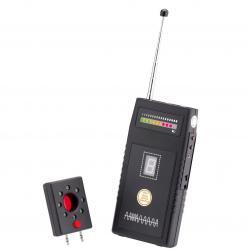 Enhanced Versatile RF Signal Detector$679.95
Enhanced Versatile RF Signal Detector$679.95 -
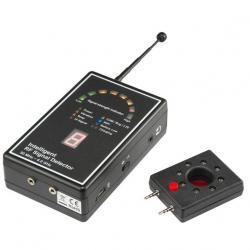 Professional Multi Stage RF Detector$689.95
Professional Multi Stage RF Detector$689.95 -
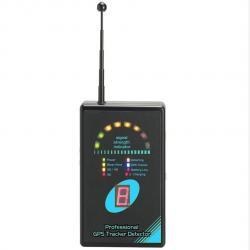 Professional GPS Tracker Detector$689.95
Professional GPS Tracker Detector$689.95 -
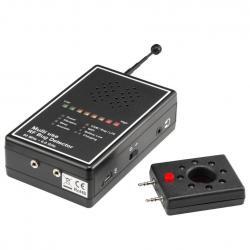 Multi Use RF Camera & Bug Detector$699.95
Multi Use RF Camera & Bug Detector$699.95 -
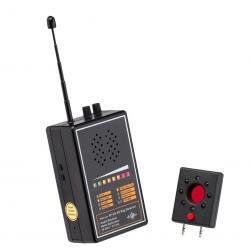 Multi RF Detector with Noise Generator$789.95
Multi RF Detector with Noise Generator$789.95 -
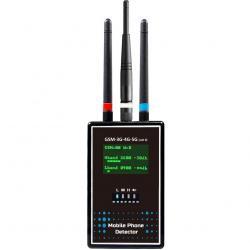 Pro GSM-3G-4G-5G Mobile Phone Detector$1,189.95
Pro GSM-3G-4G-5G Mobile Phone Detector$1,189.95 -
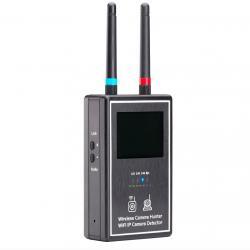 Mini Wireless Camera Hunter$1,395.95
Mini Wireless Camera Hunter$1,395.95 -
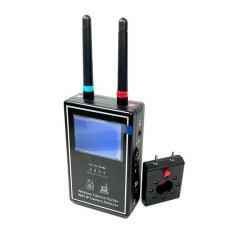 Multi Functional Camera Detector and Wireless Video Scanner$1,495.95
Multi Functional Camera Detector and Wireless Video Scanner$1,495.95 -
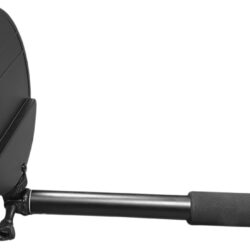 Simple Non-linear Junction Detector$8,978.95
Simple Non-linear Junction Detector$8,978.95

